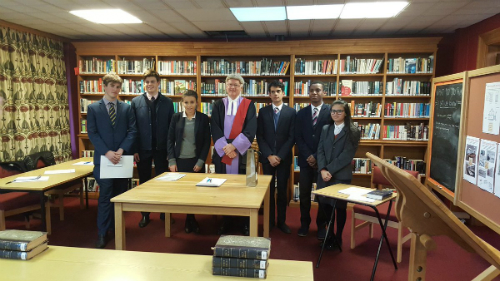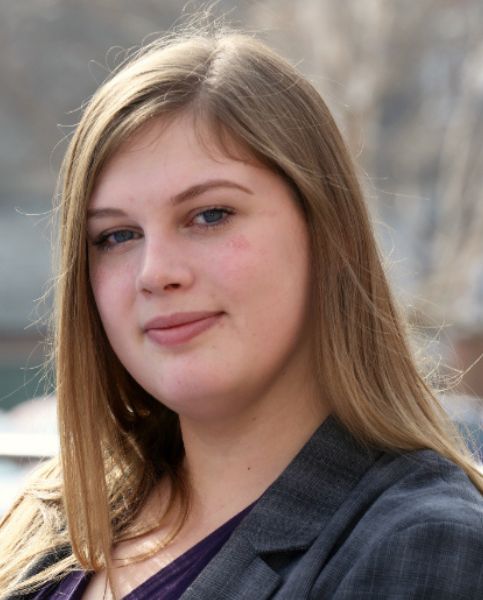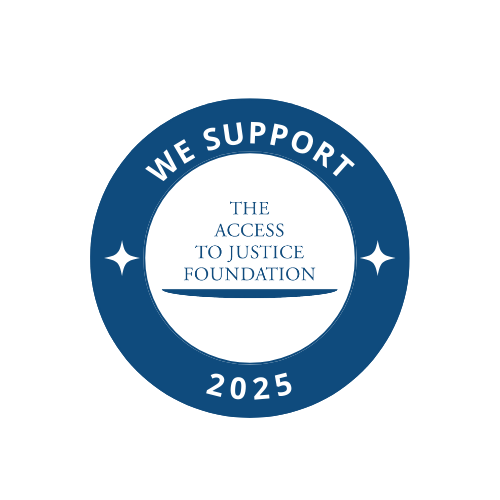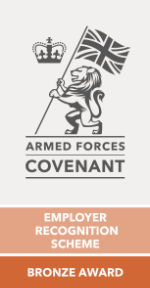I recently assisted Shrewsbury School in holding a mock trial at their school. This involved preparing a case study, including numerous witness statements, and providing detailed instructions and feedback to the students throughout the process.

Thirteen students in total were involved in the project. The format allowed both the Prosecution and Defence Teams to deliver opening speeches, followed by the examination and cross-examination of witnesses (which the students played the role of) and concluding with closing speeches from both sides.
The students did exceptionally well throughout the trial demonstrating excellent public speaking skills, teamwork and case analysis. Stephen Scully, a motoring offence specialist and member of the Criminal Team at Lanyon Bowdler, assisted with a practice run and commented that he was very impressed with the level of preparation the students had put into their roles.
Personally, I was really pleased to hear that the students enjoyed the experience and felt that they had gained useful skills. I am particularly grateful to Darcy Smith, a Shrewsbury School student, who provided invaluable support in organising the event.
Ironically, shortly after helping run a mock trial, I was a participant in a mock trial as part of Professional Development Course that trainees need to undertake. The combination of these two activities has consequently inspired the following list of lessons I have learnt.
Make Sure you Come Up with a Case Theory
It is important when you approach your case you take the time to analyse it thoroughly so that you know what it is you need to prove, and which facts will help you prove this. For instance, the student’s case study revolved around a bungled mugging that had resulted in murder.
The Prosecution needed to prove the suspect was at the scene that night and was the man identified by witnesses. Their important factual evidence related to one witness who identified the Defendant. They needed to prove that this witness was credible and had correctly identified the Defendant.
The Defence in contrast needed to establish the suspect was not there and had been wrongly identified. Their important factual evidence related to the Defendant and his brother who both said that the Defendant was with his brother at the time of the murder. Proving the credibility of this evidence was crucial for the defence.
It was essential both teams understood what they needed to prove so that they could investigate and present the evidence in a focused and persuasive manner.
Do Understand who your Witnesses are and What they Add
Once you have decided on your case theory, you need to analyse the evidence provided by the witnesses and establish which important facts they will help you prove. Once you understand what they add to the case, you will also hopefully understand what elements of your case they do not assist with and would be a waste of time to explore further.
For instance, the case study in my advocacy course involved a failure to give an appropriate warning in relation to the stacking of containers to a customer resulting in a breach of contract. The containers were stacked too high by the customer and disintegrated. One of the witnesses was a customer who would have bought the containers if they had survived and potentially would have placed further orders as well. Her true value to the case was establishing whether a claim for loss of future profits was credible.
On the stand this witness changed her testimony and stated that she would definitely have placed further orders, but for the accident. Whilst this was helpful to the Claimant in one respect (i.e. the assessment of damages), it ultimately didn’t matter, as it didn’t help them to establish the essential issue in dispute which was whether a warning had been given. Consequently, it was important for the advocates to recognise that other witnesses were more important in the context of this case.
Asking Non-leading Questions is Really Hard
You must avoid asking leading questions when examining your own witness. Leading questions are questions that suggest an answer to the witness. This includes obvious examples such as ‘You didn’t see the Defendant at all, did you?’ as well as more subtle examples such as ‘What time did you meet the Defendant on Thursday?’, which suggests that a meeting occurred.
In practice, it is difficult to avoid asking leading questions as they are often a normal part of the dialogue. It is a real challenge to try and ask someone about a meeting they had with someone on a particular day without giving them the person’s name, the date they met or the details of what they probably discussed. As such it is worth thoroughly preparing your questions before commencing an examination in chief and being conscious of your language throughout in order to avoid leading questions.
Do Try to Avoid ‘Verbal Tics’
Verbal tics are little words or phrases that you habitually use throughout speaking. Typical examples include ‘um’, ‘uh’, ‘like’ and ‘ok’. My own tics include ‘essentially’ and thanking witnesses for their answers.
These are phrases which we normally use to fill spaces in conversations or speeches, but which can be off-putting or distracting for a listener. The best thing you can do is to be aware of your own tics and to try to reduce the number of times you say it as best as you can.
Think Through the Possible Answers and How you will Deal with Them
When examining a witness, there will normally be a range of responses they might give. In order to assist the witness in giving the best possible evidence, it is a good idea to have thought through which answers they might give and how you should respond to each possible answer.
You also need to be listening to your witness and to know your case well enough that you are able to respond if they say something completely unexpected. For instance, during the mock trial, I participated in it was important to establish that the Claimant found the Defendant’s representative attractive as this added weight to our argument that he was distracted during their meeting and consequently ignored the warning about stacking the containers.
Despite the fact that the Claimant had described the representative as attractive in his witness statement, I was unsure if he would admit it while on the stand. If he did admit it, then I wouldn’t need to ask more questions along these lines. I planned however that if he didn’t admit it, I would respond by directing him to his witness statement, quoting his comments about the representative’s appearance and suggesting that he does, in fact, find her attractive. This preparation meant that when he did deny it on the stand, I was able to quickly respond and he quickly accepted that he did find her attractive.
"*" indicates required fields

 Back
Back
















